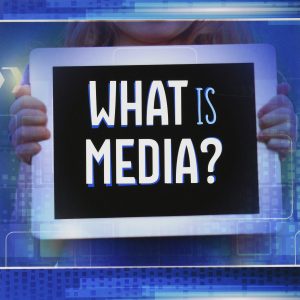Improve Your SEO With ChatGPT- Create Topical Clusters And Visualize

Earn Using ChatGPT
Improve Your SEO With ChatGPT: Create Topical Clusters and Visualize – A Complete Guide
In the world of SEO, one strategy that’s grown in prominence is the use of topical clusters to structure content. This approach emphasizes the creation of a central pillar content piece that covers a topic broadly, and then linking it to related but more niche-focused cluster content. Using ChatGPT, you can streamline the process of generating and visualizing these topical clusters. Let’s dive in.
Also Read:- What Is Topical Authority in SEO & How Does It Work ?
1. Understanding Topical Clusters:
- Pillar Content: A comprehensive piece that provides a broad overview of a specific topic.
- Cluster Content: These are related articles or posts that delve deeper into specific subtopics of the pillar content.
- Internal Linking: Crucial for this strategy. Cluster content should link back to the pillar content and vice-versa.
2. Using ChatGPT to Create Topical Clusters:
a. Topic Identification:
- Use ChatGPT to brainstorm potential pillar topics relevant to your niche. E.g., “Provide major topics in digital marketing.”
b. Subtopic Generation:
- Once you have your pillar topics, ask ChatGPT for related subtopics. E.g., “List subtopics under digital marketing.”
c. Content Creation:
- For any given subtopic, ChatGPT can help draft content, suggest outlines, or provide data points.
d. Internal Linking Suggestions:
- Ask ChatGPT where to best link your cluster content within the pillar content and vice-versa. It can suggest anchor texts and sections where links might be most relevant.
3. Visualizing Topical Clusters with ChatGPT:
a. Conceptual Mapping:
- Ask ChatGPT to describe the relationship between the pillar content and its cluster content. Use this description to create a visual mind map.
b. Flowchart Generation:
- ChatGPT can outline a flowchart for you, indicating how content pieces relate and the journey a reader might take. You can then use tools like Lucidchart or draw.io to visualize.
c. Hierarchical Structures:
- Understand the hierarchy of your content by getting ChatGPT to rank subtopics in terms of importance or relevance.
4. Optimizing Topical Clusters with ChatGPT:
a. Content Updates:
- Regularly ask ChatGPT for updates or newer insights on your pillar and cluster topics to keep content fresh.
b. Gap Analysis:
- Occasionally, inquire about any emerging subtopics or areas you haven’t covered. This will help in filling content gaps.
c. SEO Recommendations:
- ChatGPT can suggest SEO best practices tailored to your content, such as keyword suggestions, meta descriptions, or alt text for images.
5. Measuring the Impact:
While ChatGPT can aid in content generation and structure, use SEO tools to:
- Monitor the organic traffic to your pillar and cluster content.
- Track the internal link click-through rates.
- Observe ranking improvements for keywords associated with your topical clusters.
Also Read:- How to Use ChatGPT for Social Media Marketing- 50+ Tips
Conclusion:
Topical clusters are a robust strategy in modern SEO, emphasizing content depth and structure. With the help of ChatGPT, not only can you generate relevant and engaging content efficiently, but you can also visualize and optimize your content clusters. This approach ensures you’re always ahead in the ever-evolving SEO game.








